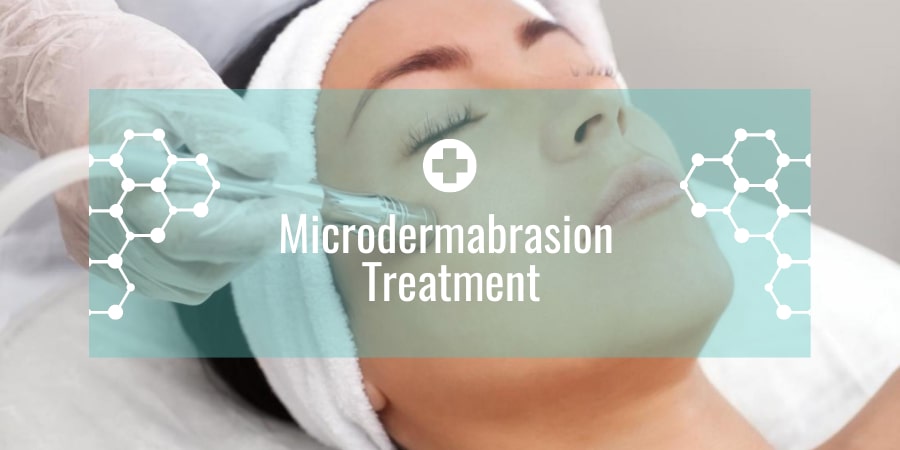Microdermabrasion is an affordably popular skin-care technique for those who refrain from invasive beauty treatments. Most cosmetic surgeons refer to microdermabrasion treatment as an effective alternative to more drastic and costlier procedures such as Botox injections, chemical peels and plastic surgery. What is a seal of recognition is that more and more men are trying microdermabrasion instead of other cosmetic treatments or surgery.
The term microdermabrasion is used to summarize the application of various rough grains on the surface layer of the skin and to buff it away with a special tool. Many salon treatments and home creams, even medical procedures make use of this principle to clean and enhance the skin texture of the face, chest, arms, hands and neck.
Microdermabrasion cost depends on how many session the cosmetic specialist recommends, based on the condition of your skin. Every session can cost around $100 – $200 depending on your location. If the microdermabrasion treatment is being performed at home with microdermabrasion creams and scrubs, a do-it-yourself alternative, the cost can range about $50 – $80 per jar.
Table of Contents
Microdermabrasion Treatments and Procedure
The two main skin layers, both the epidermis and dermis, are targeted in the microdermabrasion treatments. The topmost layer of the epidermis is called stratum corneum, which is made up of dead skin cells to protect the inner layers from harmful environmental impact.
Skin creams and lotions moister some of the inner layers through the stratum corneum, but the effect is mostly inefficient as the active agents often fail to reach deeper layers.
Microdermabrasion targets the epidermis by gently rubbing and buffing away the stratum corneum. The body reacts to this physical impact as it would in a mild injury, and replaces the lost skin with new healthy one. As a consequence, side-effects may include mild swelling and redness that can last from one hour to a couple of days.
Some benefits for microdermabrasion treatments are:
- Skin’s surface is improved
- Healing process is accelerated
- New skin cells look and feel smoother
- Skin’s visible imperfections (sun damage, blemishes, fine lines) disappear.
- Medicinal creams and lotions become more effective
Some conditions can make individuals unsuited for the microdermabrasion treatment:
- Lupus
- Psoriasis
- Dermatitis
- Eczema
- Taking anti-coagulants
- Skin lesions
- Open sores
- Warts
- Herpes
- Widespread acne
- Vascular lesions
- Fragile capillaries
- Active rosacea
For microdermabrasion facial treatment done in a clinic or a salon, the dermatologist uses a specialized tool to shoot at the targeted surface a stream of crystals made of aluminum oxide, sodium chloride or sodium bicarbonate. After the microdermabrasion has swept the outer layer, the tool collects the dead skin cells and used crystals through a vacuum action.
Thanks to the tool a small section of the skin is pulled out and a mild swelling is created to bring impurities to the surface.
Microdermabrasion is different from dermabrasion, because it does not require the drastic removal of the surface skin. According to the patient’s sensitivity, the suction speed of the tool can be regulated. A microdermabrasion treatment takes between 5 to 60 minutes and requires no special follow-up care.
Microdermabrasion Facial Risks
It is important to have the treatment performed by professionals using the right tools. If done incorrectly, microdermabrasion can produce:
- Bruises
- Discolor
- Blemishes
- Skin tension
